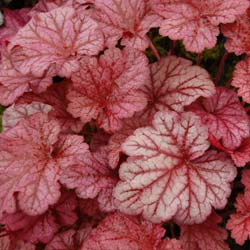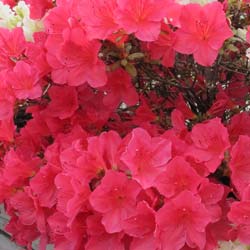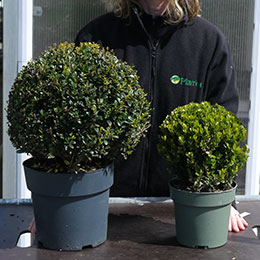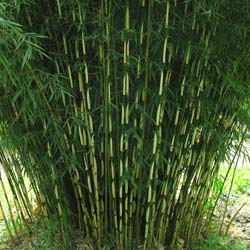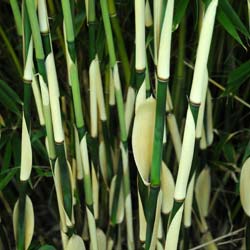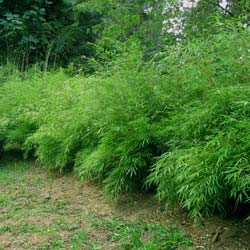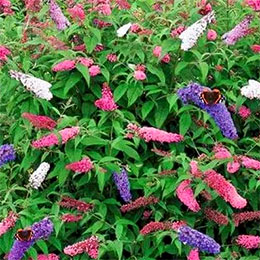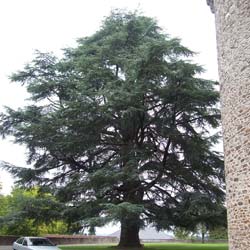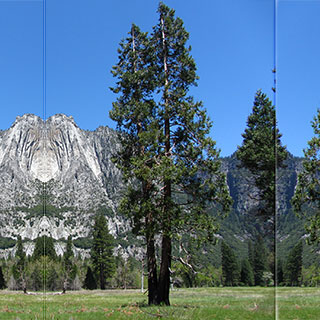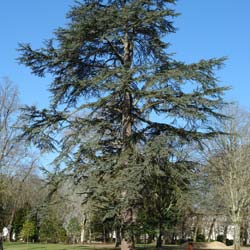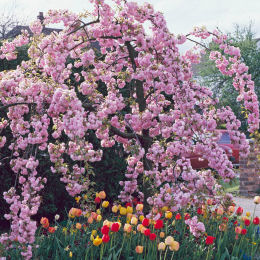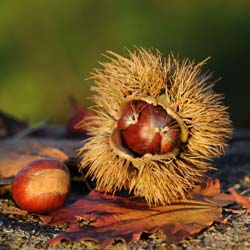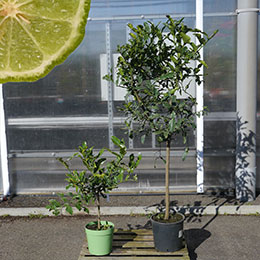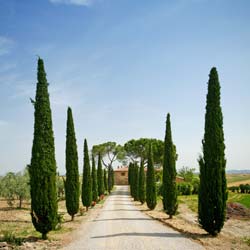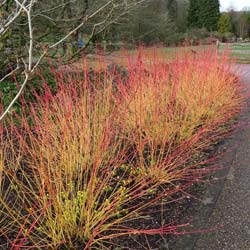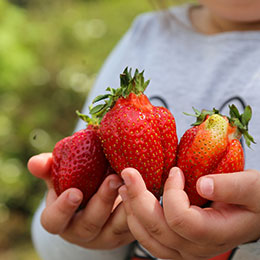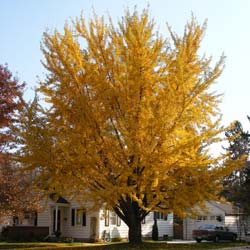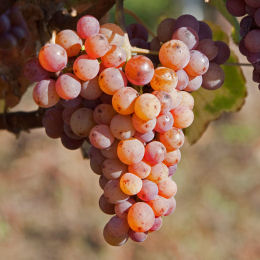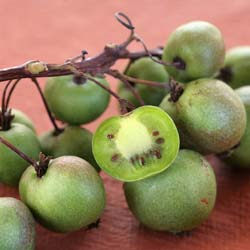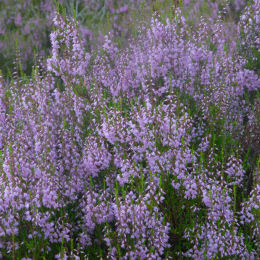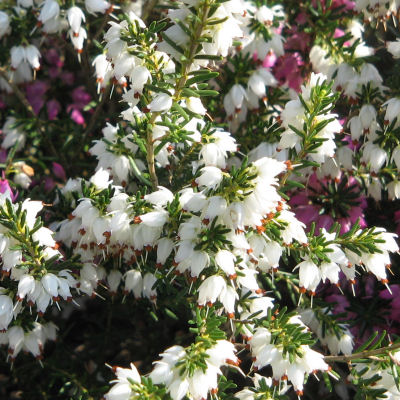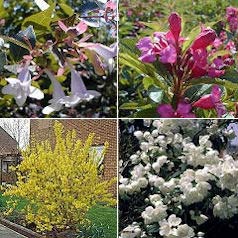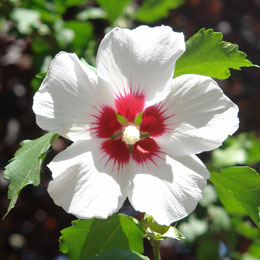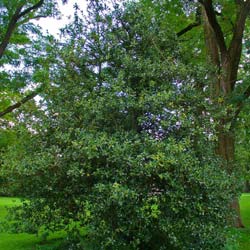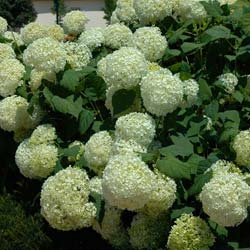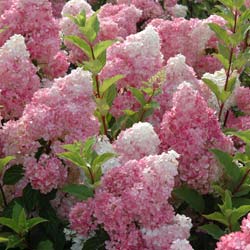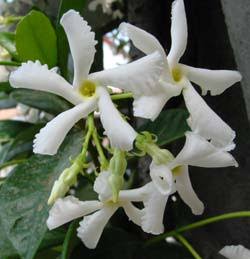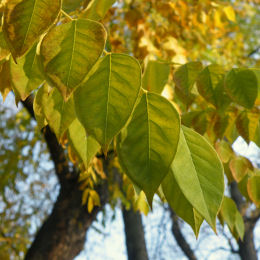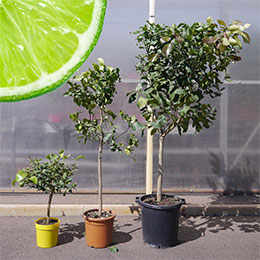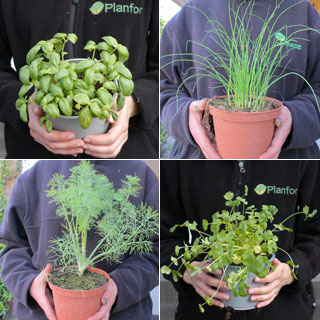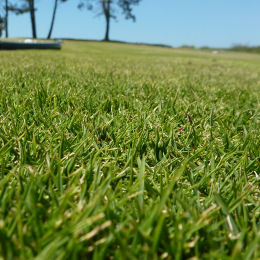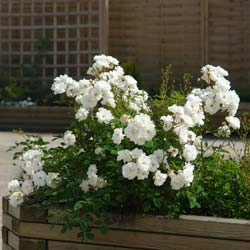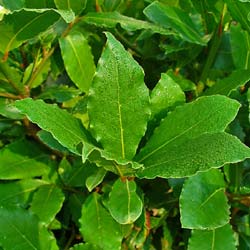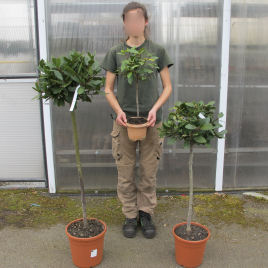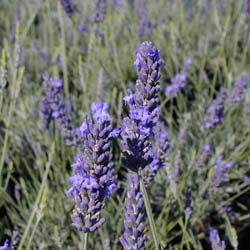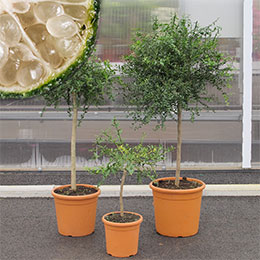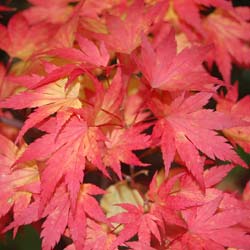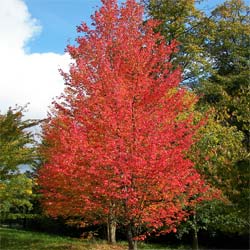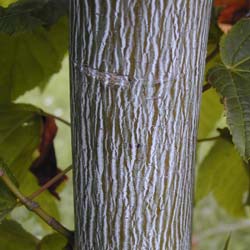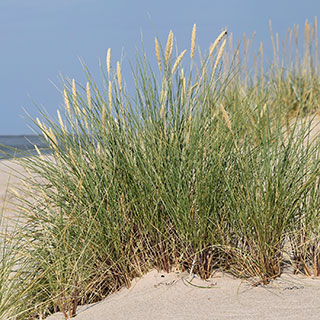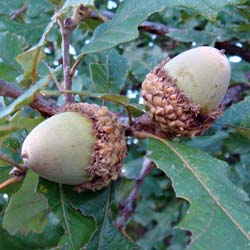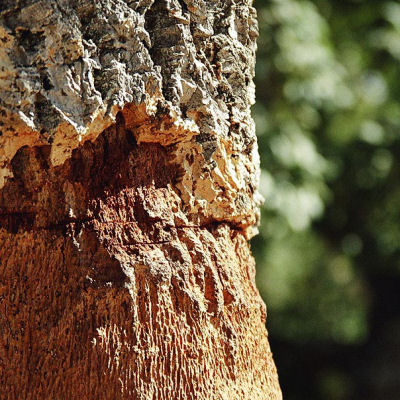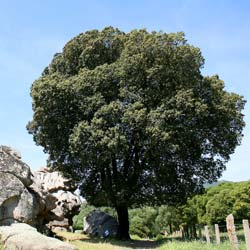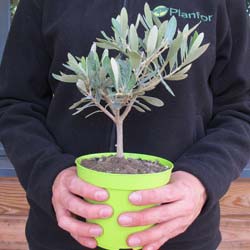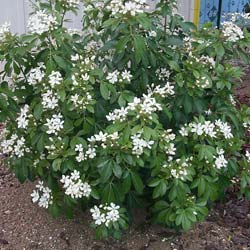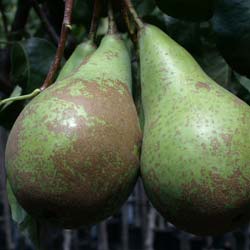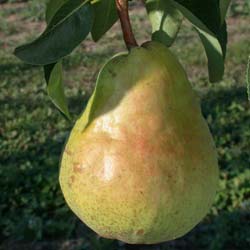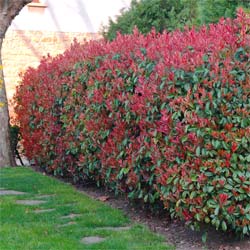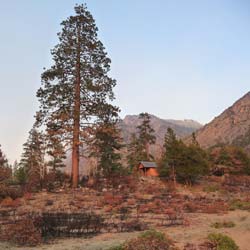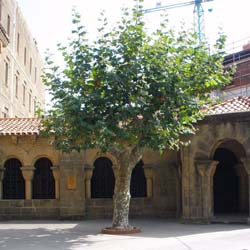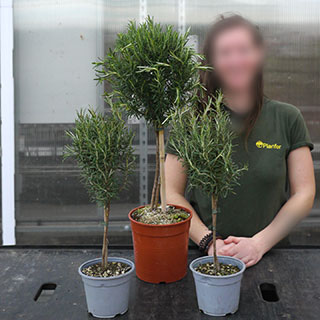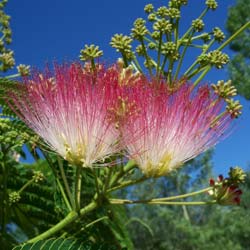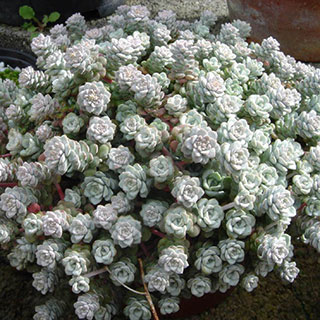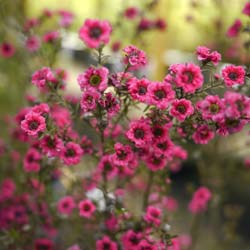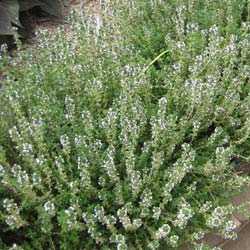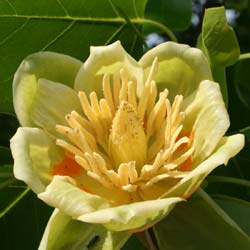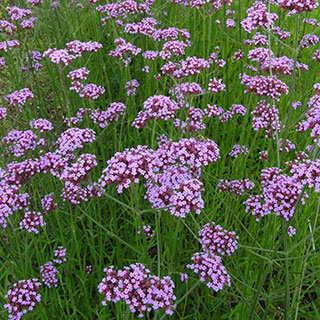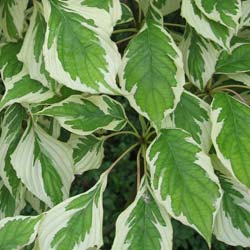Pruning Roses
• Why Prune ?
• Basic principles of pruning
• How to choose your pruning equipment
• When to prune ?
• Pruning shrubs
• Pruning hedges
• Fruit trees pruning
• Pruning shade trees
• Pruning trees
• Topiary art
• Pruning flowering plants
• Shape a pollarded tree
• Pruning of the Hydrangea Macrophylla
• Pruning of panicle producing Hydrangeas
• Pruning of the Lagerstroemia
• Pruning Roses
• Pruning Lavender
• Pruning of the Buddleia - Butterfly shrub
• Winter pruning of the climbers producing fruits
• Pruning of the Blackcurrant and Currant bushes
• Pruning of the Wisteria
Large flowers Roses, Ground cover Roses, Bushes Roses, Climbing Roses, English Roses, Old Roses
Secateurs, Hedge Clippers, Hedge Trimmers, Saws, Pruning Loppers, Pruning Saws, Chainsaws...
Roses are without doubt the most grown outdoors plant. It is important to give them regular care if they are to last as long as possible. When dealing with roses wear thick gloves and clothing to protect your arms and face from their thorns that could easily scratch you.
It is best to use a good pair of secateurs with a flat blade for pruning. This allows neat and quick healing of the cut, (the stem is not crushed).
In general, cut off all the dead flowers as they appear. This helps to encourage new flowers and stops the rose exhausting itself by forming fruits.
There are three main types of rose: bushes, shrubs and climbing. The different pruning methods for each type are shown below.
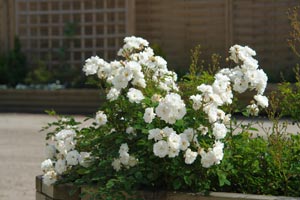
Pruning a bush rose
Pruning of bush roses is necessary to encourage the growth of new branches with flower buds and to keep the bush compact.
In the spring after planting cut out all the dead wood, any suckers and any weak shoots. Chose three or four of the larger diameter vigorous branches. Cut them above the second or third visible bud.
In the autumn tidy you rose bush up by cutting its branches to about half their length, this will give the plant a better shape for the winter. Cut off any remaining dead flowers and fruits, which only serve to exhaust your plant. If you have heavy frosts during the winter, this pruning can be delayed to the following spring.
Thereafter, each year, once the frosts have finished (usually end of March) and before the buds at the base begin to develop, chose six to eight big branches preferably young ones. Cut them above the second or third bud that is visible, for more vigorous varieties cut them longer usually above the fourth or fifth bud. Get rid of all the other branches especially the oldest and sickliest.
If required tidy up the roses again in the autumn. For varieties that only flower once in the year, tidy them up in June or July after they have flowered.
Pruning shrub roses

Following the year of planting, in March cut back the branches by about a third of their length. Get rid of any sickly branches.
For the next two or three years reduce the length of the main branches by about two thirds. Get rid of any dead branches and any suckers originating from the ground.
In March of each of the following years, aerate the bottom of the rose by cutting out some older branches and weaker interior branches that do not produce many flowers. Try to keep approximately the same number of branches each year. Reduce the main branches by two thirds in length and their offshoots by a third in length; these are the shoots of the prior year which are a lighter color wood.
For shrub roses that are ground covering or weeping in nature, then annual pruning is not required. A pruning every few years to rejuvenate the plant based on the above principles will suffice.

Pruning a climbing rose
In March of the year of planting, carry out the first pruning to create the plant's shape. Cut off the thinnest branches and only keep the three strongest. Prune in such a way to get three branches of about fifty centimetres long.
In the following two or three years, cut back the off shoots of these main branches by about a third in length and prune back any further off shoots, depending on their strength, to two to three buds for the weaker ones and four to five for the stronger ones.
Attach your climbing rose at regular intervals depending on its speed of growth. If possible, try to incline the more vigorous branches a 45 ° as this will encourage new shooting and flowers. Then every year afterwards carry out some maintenance pruning at the start of spring, cutting out the older and less flowering branches.
Try to keep the same number of branches each year by cutting them back by a third in length and cutting off any others. Cut out any dead wood, suckers from the ground and any weak shoots.
For roses that only flower once in the year, prune them after flowering (July to August) just above the second or third leaf from the base of the branches that flowered.
















